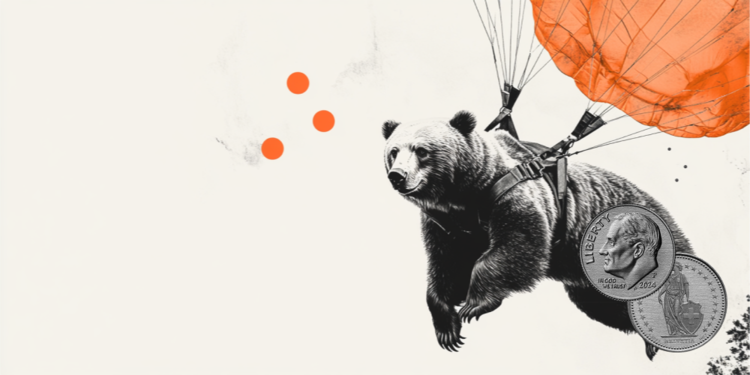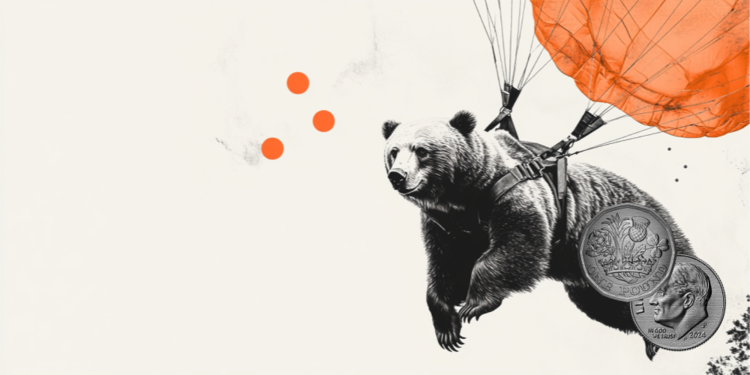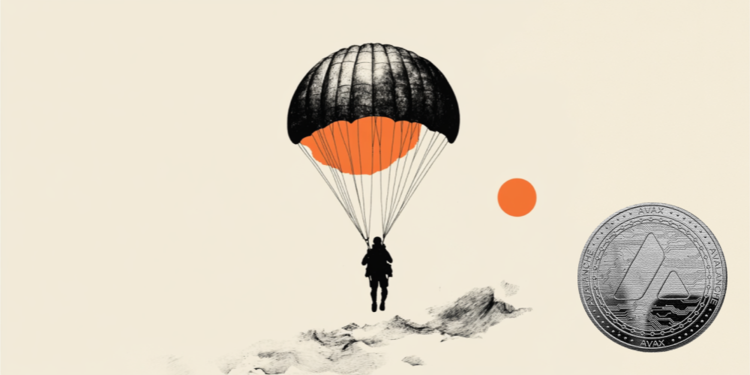Scientists say they have found for the first time in a new study a link between human-related greenhouse gas emissions and polar bear reproduction and survival rates, potentially overcoming a barrier to protecting the species.
Polar bears live in 19 populations across the Arctic and are found in Canada, the United States, Russia, Greenland and Norway, according to the conservation organization Polar Bears International.
The populations live in different and varied circumstances, but all depend on ice sheets to access their main prey, two species of seals, said study co-author Steven Amstrup, chief scientist emeritus at Polar Bears International.
When the sea ice melts, polar bears are forced onto dry land, where they are deprived of food and have to survive on the fat reserves they previously accumulated.
Climate change caused by human activity is accelerating the loss of sea ice, giving polar bears less time to feed and build up their fat stores, and more days when they are forced to go without food. Ultimately this leads to a decline in their population.
SEE ALSO – CNN More Green: Brazil is the 5th largest emitter of greenhouse gases
Researchers from Polar Bears International, the University of Washington and the University of Wyoming quantified the connection between the number of ice-free days a polar bear population has to endure and the amount of planet-warming pollution released into the atmosphere, as well as rates corresponding survival of polar bears in some populations, according to the study published last Thursday (31) in the journal science.
Polar bears were listed as “threatened” due to human-caused climate warming under the US Endangered Species Act, or ESA, in 2008. But the US Department of the Interior said at the time that because the threat to a specific species could not be directly linked to a specific source of greenhouse gases, federal agencies need not consider emissions when approving projects.
The researchers said the new study provides evidence of this direct link.
Impact of emissions
The researchers analyzed subpopulations of polar bears that experienced at least 10 years of ice-free seasons, from 1979 — when satellite images of sea ice were first made available — through 2020.
They found that the number of days polar bears were forced to go without food increased as greenhouse gas emissions accumulated.
For example, polar bears in the Chukchi Sea in the Arctic Ocean were forced to go without food for about 12 days in 1979. This has increased to about 137 days in 2020, with one more fasting day being added for every 14 gigatonnes of greenhouse gas emissions released into the atmosphere.
Subpopulations in areas where ice sheets would normally melt completely during the summer—such as Hudson Bay—had slower increases in days they were forced to go without food over time, compared to subpopulations in areas where ice sheets ice would normally remain during the summer, as in the South Beaufort Sea.
Bears in areas where ice sheets used to persist longer in the summer are now experiencing “a sudden change” in their environment, requiring a significant adjustment where they are having days of forced fasting that they didn’t have before, Amstrup told CNN.
A 2020 study in which Amstrup was involved found that the number of days a bear can survive without food varies by region and the condition of the animal, but the more ice-free days there are, the steeper the decline in reproduction and in survival.
The researchers behind the new study combined the relationship they found between the number of days of forced fasting polar bears had to endure and cumulative greenhouse gas emissions with the link found in 2020 between the number of fasting days forced and declining survival rates. This allowed them to calculate the impact of cumulative emissions on the survival rate of polar bears.
“When the (Department of the Interior) memo was written in 2008, we could not say how greenhouse gas emissions equated to a decline in polar bear populations. But within a few years we will be able to directly link the amount of emissions to climate warming and, later, also to the loss of sea ice in the Arctic,” said study co-author Cecilia Bitz, professor of atmospheric sciences at the University of Washington. , in the press release.
“Our study shows that not only sea ice, but also the survival of polar bears, can be directly related to greenhouse gas emissions.”
For example, the study noted that each of the hundreds of power plants in the US may make a relatively small contribution to emissions, but collectively power plants emit nearly 2 gigatons of greenhouse gases per year. That would be about 60 gigatons over the 30+ year lifespan of a polar bear in the southern Beaufort Sea.
In this subpopulation, bears endure an extra forced fasting day for every 23 gigatons of emissions added to the atmosphere, so their survival rate would be reduced by about 4% by power plant emissions during that period, according to the study. .
The US Department of the Interior declined to comment on the findings.
Applications for other species
Kirsten Zickfeld, professor of climate science at Simon Fraser University in Canada, said the new research shows a shift in what’s possible when it comes to demonstrating the effects of climate change.
“Previous research has shown that the more carbon dioxide we produce from human activities, the more our climate changes. The new study by Amstrup and Bitz takes this idea further, showing that this direct link also applies to impacts on ecosystems,” said Zickfeld, who was not involved in the study.
“They found that when we emit more carbon dioxide, it directly affects the number of polar bear cubs that can survive. This discovery allows us to link declining polar bear populations to individual sources of carbon emissions.”
Amstrup said he hopes the study can be used as a model by other researchers to protect other species affected by ESA’s man-made climate change.
Source: CNN Brasil
Charles Grill is a tech-savvy writer with over 3 years of experience in the field. He writes on a variety of technology-related topics and has a strong focus on the latest advancements in the industry. He is connected with several online news websites and is currently contributing to a technology-focused platform.







